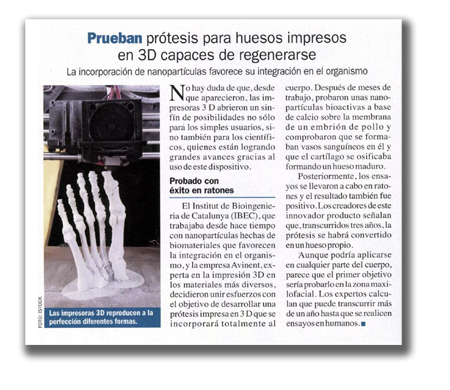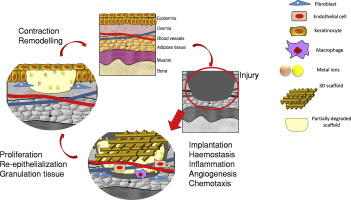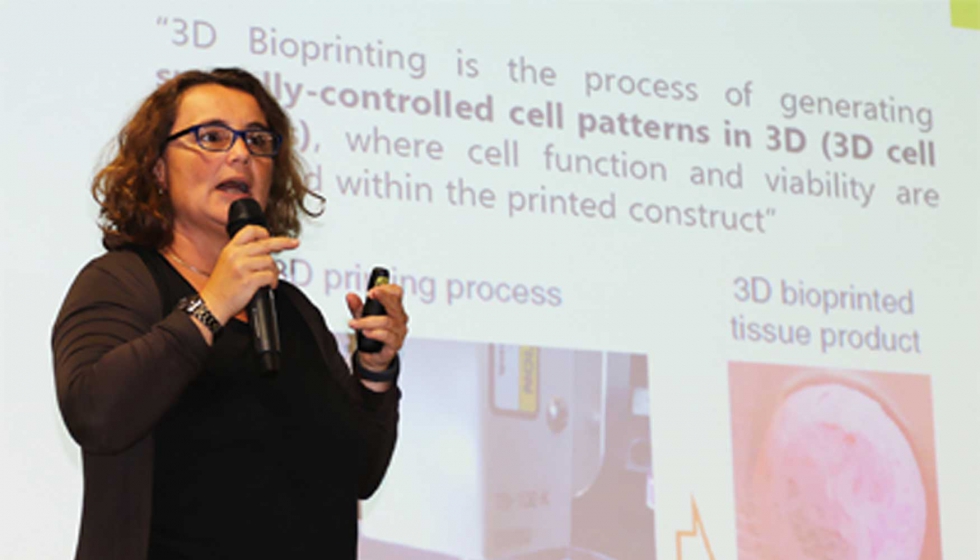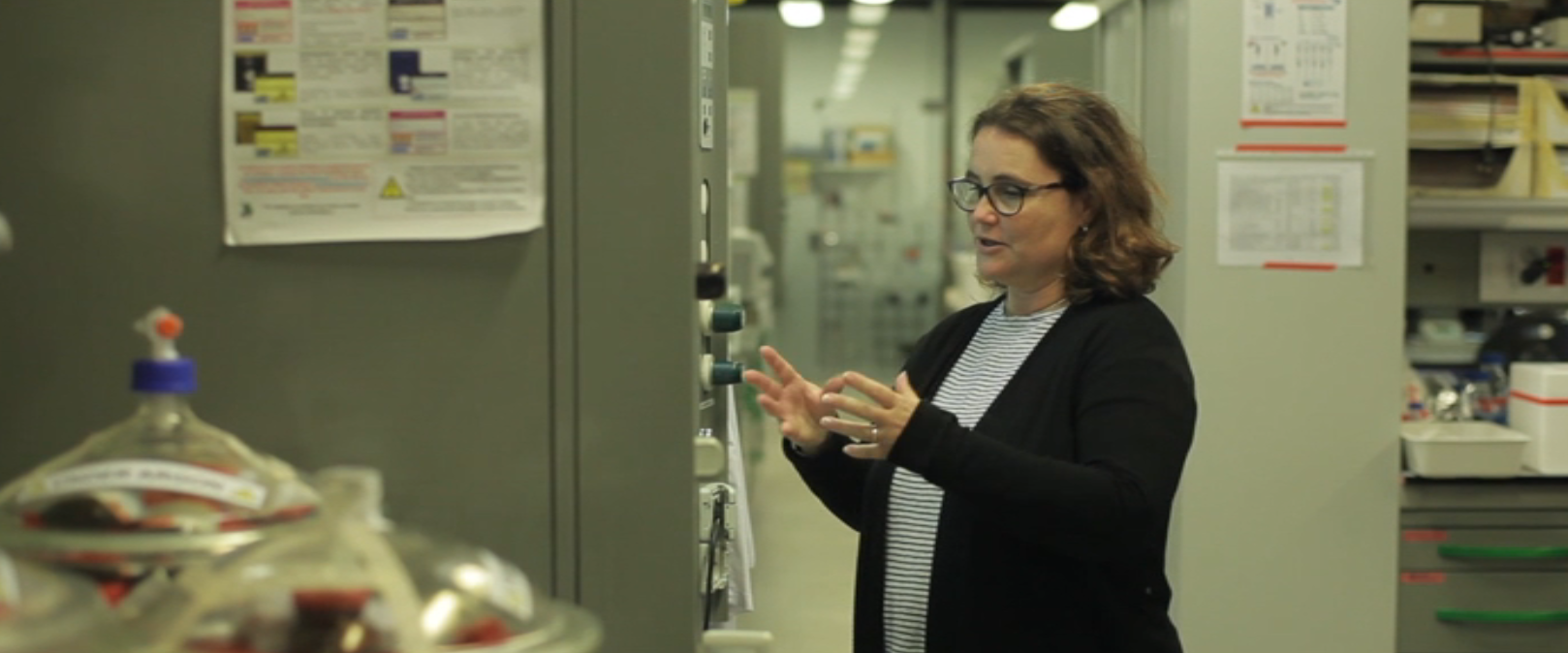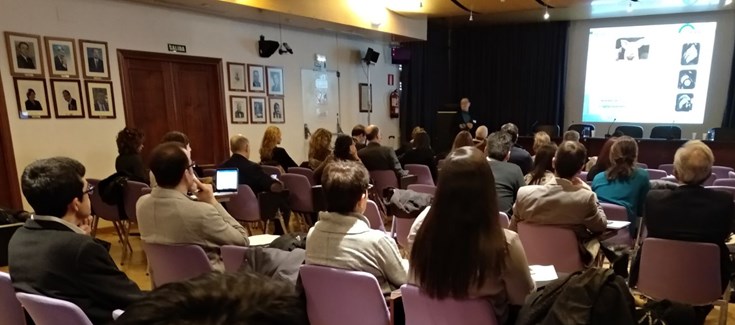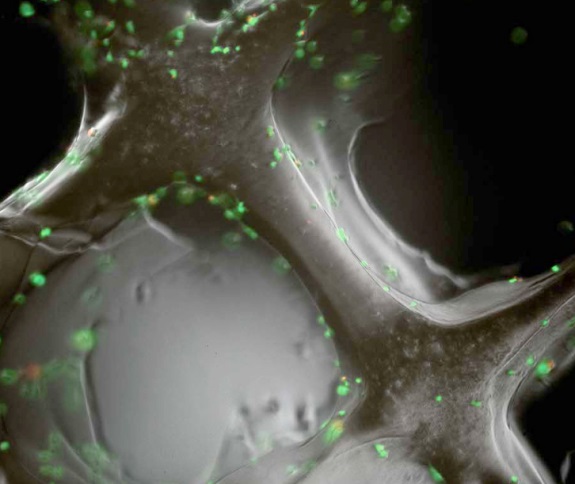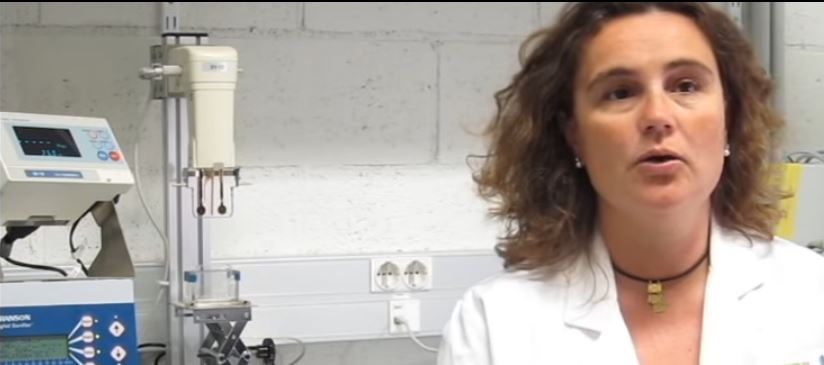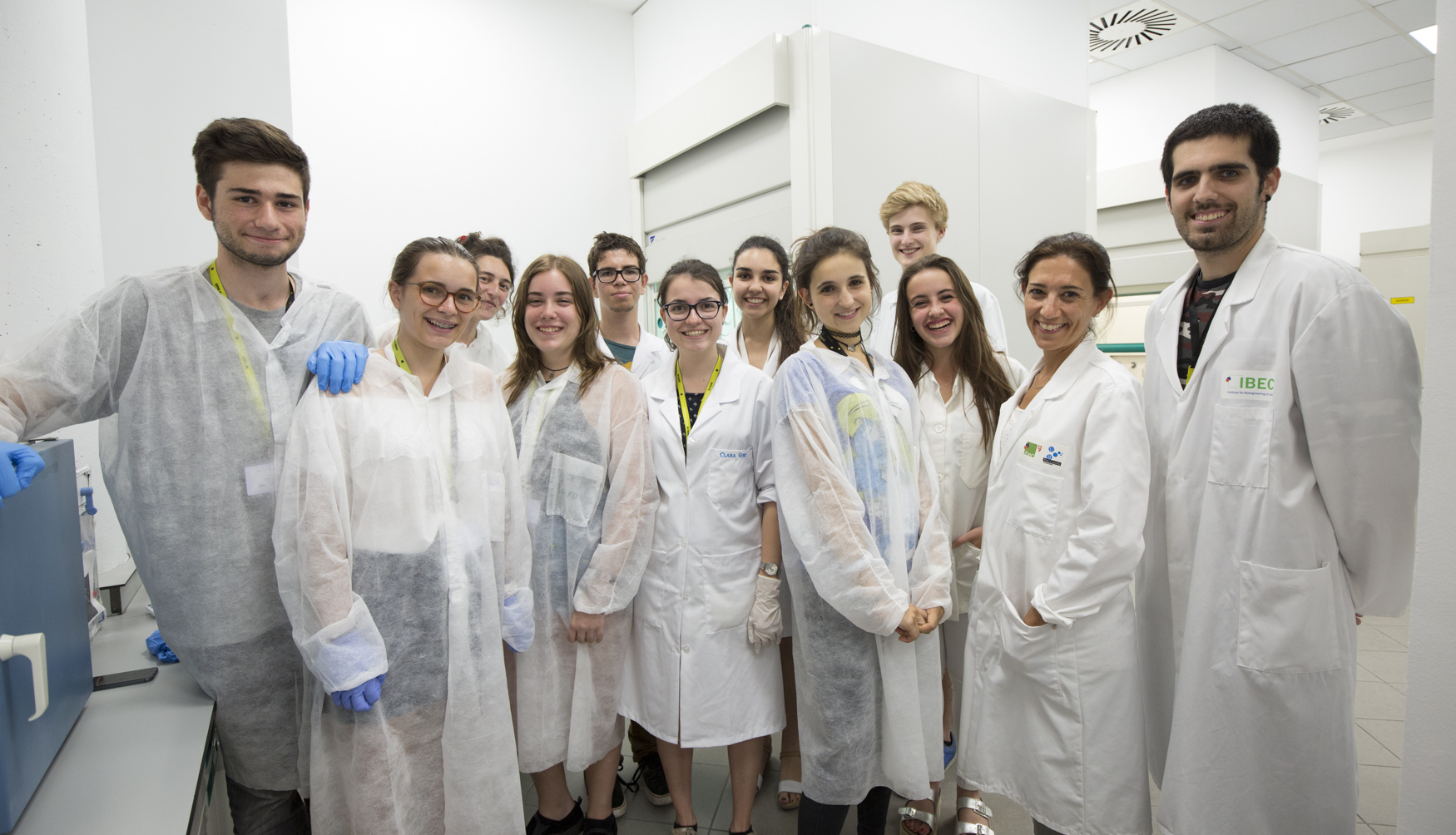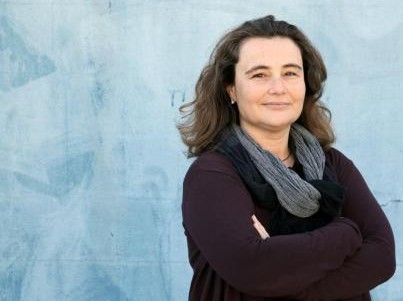Nanoparticles in 3D printed bone prostheses that favor regeneration
The research group of Biomaterials for regenerative therapies of CIBER-BBN and IBEC, coordinator of Unit 5 of NANBIOSIS, Rapid Prototyping Unit, led by Elisabeth Engel, expert on nanoparticles and biomaterials, together with the company Avinent, expert in 3D printing, will develop new personalized solutions to improve treatments for bone diseases or injury.
So far, they have tested some bioactive nanoparticles based on calcium on the membrane of a chicken embryo and found that blood vessels formed in it and that the cartilage ossified forming a mature bone. The tests were carried out in mice and the result was also positive. The creators of this innovative product point out that, after three years, the prosthesis would have become a bone of its own. Although it could be applied in any part of the body, it seems that the first objective would be to test it in the maxillo-facial area. Experts estimate that more than a year may pass before human trials are conducted.
Source: Pronto Magazine, September 8, 2018
